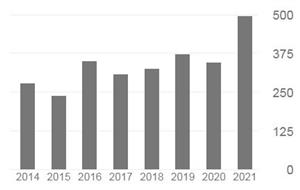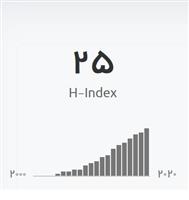X-Ray Diffraction Analysis of MTA Mixed and Placed with Various Techniques
Abstract
Objectives The aim of this study was to evaluate the effect of various mixing techniques as well as the effect of ultrasonic placement on hydration of mineral trioxide aggregate (MTA) using X-ray diffraction (XRD) analysis.
Materials and Methods One gram of ProRoot MTA and MTA Angelus powder was mixed with a 0.34-g of distilled water. Specimens were mixed either by mechanical mixing of capsules for 30 s at 4500 rpm or by manual mixing followed by application of a compaction pressure of 3.22 MPa for 1 min. The mixtures were transferred into the XRD sample holder with minimum pressure. Indirect ultrasonic activation was applied to half of the specimens. All specimens were incubated at 37 °C and 100% humidity for 4 days. Samples were analyzed by XRD. Phase identification was accomplished by use of search-match software utilizing International Centre for Diffraction Data (ICDD).
Results All specimens comprised tricalcium silicate, calcium carbonate, and bismuth oxide. A calcium hydroxide phase was formed in all ProRoot specimens whereas among MTA Angelus groups, it was found only in the sample mixed mechanically and placed by ultrasonication.
Conclusions Mechanical mixing followed by ultrasonication did not confer a significant disadvantage in terms of hydration characteristics of MTA.
Clinical Relevance Clinicians vary in the way they mix and place MTA. These variations might affect their physical characteristics and clinical performance. For ProRoot MTA, the mixing and placement methods did not affect its rheological properties, whereas for MTA Angelus, mechanical mixing combined with ultrasonic placement enhanced the calcium hydroxide phase formation.
Keywords: Calcium Hydroxide, MTA, Mechanical Mixing, Ultrasonic Agitation, X-ray diffraction Analysis, XRD.














